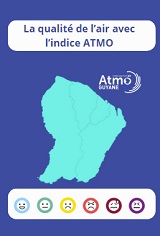Blada.com
lundi 29 avril
Boîtes aux lettres
Courrier des lecteurs
Petites annonces
Emploi / Formation
Covoiturage
Infos citoyennes
Infos citoyennes
15/09/23
L'animal du mois : Orthemis discolor
 En complément du rapport interne portant sur la colonisation par les amphibiens et les odonates de la mare pédagogique Trésor, voici une présentation un peu plus illustrée de l’espèce la plus abondante et régulière que l’on peut y observer : il s’agit d’une libellule l’Orthemis discolor.
En complément du rapport interne portant sur la colonisation par les amphibiens et les odonates de la mare pédagogique Trésor, voici une présentation un peu plus illustrée de l’espèce la plus abondante et régulière que l’on peut y observer : il s’agit d’une libellule l’Orthemis discolor.
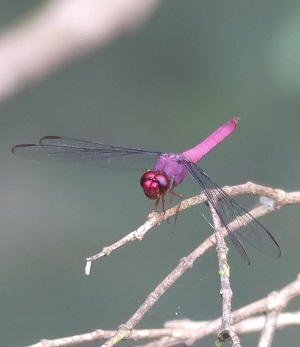 Elle mesure environ 5 cm de longueur. Le mâle est facile à repérer. Il arbore un coloris vieux rose, le thorax semblant plus violacé. La femelle, plus discrète, est de couleur marron, son thorax foncé est parcouru par une bande jaunâtre entre les ailes. Au bout de son abdomen, le huitième segment est muni de deux ailettes latérales.
Elle mesure environ 5 cm de longueur. Le mâle est facile à repérer. Il arbore un coloris vieux rose, le thorax semblant plus violacé. La femelle, plus discrète, est de couleur marron, son thorax foncé est parcouru par une bande jaunâtre entre les ailes. Au bout de son abdomen, le huitième segment est muni de deux ailettes latérales.
C’est la première espèce à avoir colonisé la mare pédagogique et elle y est visible toute l’année. Une dizaine d’individus voire plus survolent la mare, y chassent et s’y reproduisent. Les mâles se pourchassent, espérant être les premiers à s’approprier les femelles présentes. Aussitôt après l’accouplement en tandem (cœur copulatoire), la femelle se met à pondre, se positionnant à la surface de l’eau et éjectant par à coup ses œufs en immergeant ou non le bout de son abdomen.
Retrouvez plus d'informations sur le site de la réserve.
 In addition to the internal report on the colonization by amphibians and odonates of the Trésor educational pond, here is a slightly more illustrated presentation of the most abundant and regular pattern that can be observed there: it is a dragonfly Orthemis discolor.
In addition to the internal report on the colonization by amphibians and odonates of the Trésor educational pond, here is a slightly more illustrated presentation of the most abundant and regular pattern that can be observed there: it is a dragonfly Orthemis discolor.
 It measures approximately 5 cm in length. The male is easy to spot. It sports an old pink color, the thorax appearing more purplish. The female, more discreet, is brown in color, her dark thorax is covered by a yellowish band between the wings. At the end of its abdomen, the eighth segment is equipped with two lateral fins.
It measures approximately 5 cm in length. The male is easy to spot. It sports an old pink color, the thorax appearing more purplish. The female, more discreet, is brown in color, her dark thorax is covered by a yellowish band between the wings. At the end of its abdomen, the eighth segment is equipped with two lateral fins.
It is the first species to have colonized the educational pond and it is visible there all year round. A dozen or more individuals fly over the pond, hunt and reproduce there. The males chase each other, hoping to be the first to appropriate the females present. Immediately after tandem mating (copulatory heart), the female begins to lay eggs, positioning herself on the surface of the water and suddenly ejecting her eggs by immersing or not the tip of her abdomen.
Find more information on the reserve website.
Raccourcis


passer une petite annonce

passer une annonce de covoiturage


passer une annonce d’emploi



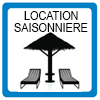

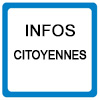
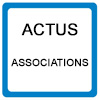
associations, postez vos actualités

participez au courrier des lecteurs
La Guyane c’est ici
La qualité de l’Air avec
ATMO
Photothèque

Lancements 2022
Vol 259 Ariane 5



